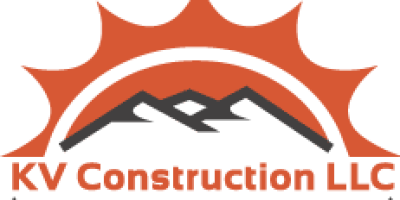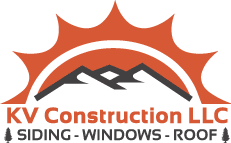Selecting the right siding for your home is a pivotal decision that impacts its aesthetics, durability, value, and the ability to withstand the moisture, mold and rot. Two prominent contenders in the siding market are fiber cement and aluminum siding. Both materials have their merits, but how do they fare when pitted against each other? At KV construction LLC, as experienced siding contractors in Seattle, we’ve worked extensively with both materials. Here’s our comprehensive analysis to guide your choice.
The Aesthetics: Which Offers Superior Curb Appeal?
The exterior of your home is the first impression visitors get, and the right siding can significantly enhance this impression. Aluminum siding, while offering a range of color options, often falls short in replicating the authentic look of natural wood. On the other hand, fiber cement, especially products like Hardie Board, can mimic the appearance of wood with remarkable accuracy. With Hardie siding, homeowners can opt for pre-primed boards, allowing for a wide range of custom colors, or choose from a selection of vibrant, factory-infused hues that remain vivid for over a decade.
Verdict: Fiber cement, particularly Hardie siding, takes the lead with its superior customizability and authentic wood-like appearance.
Durability: Which Stands the Test of Time?
While both aluminum and fiber cement are known for their longevity, there are subtle differences to consider. Aluminum is robust and requires minimal maintenance, but it’s susceptible to dents from debris. Fiber cement, especially Hardie Board, is designed to cater to specific climatic conditions. For regions with challenging weather patterns, Hardie’s HZ5 product line offers exceptional durability without compromising on aesthetics.
Verdict: Fiber cement edges out with its climate-specific engineering and resistance to common damages.
Maintenance: Which is More Hassle-Free?
Aluminum siding is often termed as a “set it and forget it” material. A yearly cleaning is all it typically requires. However, its vulnerability to dents can affect its appearance over time. Fiber cement, while also low-maintenance, benefits from Hardie’s ColorPlus technology, ensuring the color remains vibrant for up to 15 years. After this period, a fresh coat of paint might be necessary.
Verdict: It’s a close call, but aluminum has a slight advantage due to its minimal maintenance needs.
Return on Investment: Which Offers Better Value?
Considering the long-term value of your siding choice is crucial. Aluminum might have a lower initial cost and can last up to 40 years, but it’s prone to dents and can be affected by strong winds. James Hardie siding, on the other hand, is not only warrantied for 30 years but often lasts even longer due to its robustness. Its resilience to damages and the added value it brings to homes make it a preferred choice among homeowners and potential buyers alike.
Verdict: Fiber cement, especially Hardie siding, offers unparalleled long-term value.
Why Choose KV construction LLC?
When you’re contemplating a siding upgrade, it’s essential to partner with experts who understand your needs and offer the best solutions. At KV construction LLC, a trusted Seattle siding contractor, we pride ourselves on guiding homeowners through the intricate process of siding selection and installation. With our expertise in siding replacement in Seattle, we ensure that your home not only looks stunning but also stands strong against the test of time. Reach out to us today and discover why we’re among the top siding companies in Seattle.
In conclusion, while both fiber cement and aluminum siding have their merits, the former seems to offer a more comprehensive set of benefits, especially in terms of aesthetics, durability, and long-term value. As always, it’s essential to assess your specific needs and consult with professionals before making a final decision.


